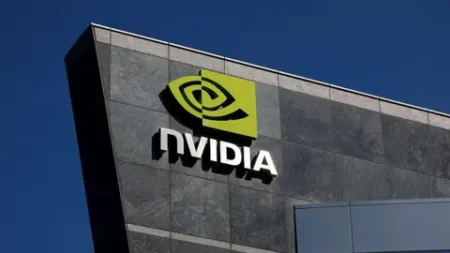Cryptocurrencies have taken the global financial landscape by storm, with Bitcoin reaching record highs, notably $120,000 in July 2025. This ascent was significantly influenced by US President Donald Trump’s supportive policies towards crypto assets, reinstating Bitcoin’s prominence from being branded a “scam” to touted as a potential cornerstone of the American economy. However, the crypto realm presents a lexicon filled with specialized terms that can often bewilder newcomers. To aid in demystifying this complex domain, this article highlights some key cryptocurrency terms you ought to know.
**Bitcoin: The Vanguard of Cryptocurrencies**
Among the multitude of cryptocurrencies, Bitcoin stands out as the most recognized. As a decentralized digital currency, Bitcoin operates outside the conventions of traditional banking systems, promoting the idea of financial autonomy. However, this decentralization comes with significant volatility; the currency’s value fluctuates dramatically based on market activity. Bitcoin’s notable price surge, breaching the $100,000 mark in December 2024 and remaining above it through mid-2025, has raised both hopes and skepticism among investors. Notably, Trump’s declaration to position the US as the “crypto capital of the world” further adds to Bitcoin’s allure.
**Understanding Blockchain Technology**
At the core of Bitcoin and other cryptocurrencies lies the blockchain, a decentralized ledger technology that records all transactions across a network. Imagine it as a digital spreadsheet where each transaction is verified by a multitude of independent volunteers, or miners, who are rewarded with cryptocurrency for their efforts. This validation process, integral to maintaining the integrity of the transactions, utilizes considerable energy and processing power, leading to ongoing debates about its environmental impact.
**Bitcoin Halving: A Unique Phenomenon**
Bitcoin’s network employs a distinct feature known as “halving.” Approximately every four years, the reward given to miners for validating transactions is cut in half, consequently affecting the supply of Bitcoin. The most recent halving event occurred on April 20, 2024, reducing miner rewards from 6.25 to 3.125 Bitcoins. This scarcity mechanism aims to increase demand over time, albeit alongside concerns surrounding the feasibility of continued mining given the diminishing rewards.
**Navigating Crypto Exchanges**
For individuals looking to engage in the cryptocurrency market, crypto exchanges serve as platforms for buying, selling, and trading digital assets. These exchanges function similarly to traditional stock exchanges, allowing users to exchange fiat currencies like USD or GBP for cryptocurrencies including Bitcoin or Ethereum. It is important to note that most transactions on these platforms involve fees, which can vary depending on the exchange.
**Crypto Wallets: Safekeeping Digital Assets**
Once acquired, investors need a secure method to store their cryptocurrencies. This is where crypto wallets come into play. There are two primary types of wallets: hot wallets, connected to the internet for easy access, and cold wallets, which are offline storage devices for enhanced security. Each type caters to different user needs, with hot wallets being suitable for active trading and cold wallets being favored for long-term holding.
**The Rise of Ethereum**
Ethereum, a close competitor to Bitcoin, is both a cryptocurrency and a blockchain platform facilitating various applications, including non-fungible tokens (NFTs). Unlike Bitcoin, Ethereum made a strategic shift to a more environmentally friendly operational model in 2022, reducing energy consumption associated with mining activities.
**Understanding Exchange-Traded Funds (ETFs)**
Furthermore, cryptocurrencies have made their way into conventional finance through Exchange-Traded Funds (ETFs). These portfolios allow investors to gain exposure to cryptocurrencies without direct ownership, thereby mitigating some complexities associated with wallets and exchanges. The approval of several spot Bitcoin ETFs in January 2024 marked a significant evolution, enabling a broader range of investors to participate in the crypto market.
**The Culture of Meme Coins and Stablecoins**
An interesting facet of the cryptocurrency world includes meme coins, which leverage social media trends but often carry heightened speculative risks and volatility. Conversely, stablecoins are designed to reduce price fluctuations by linking their value to stable assets, such as fiat currencies. However, incidents like the collapse of TerraUSD have sparked regulatory scrutiny, indicating the inherent challenges in achieving true price stability.
**XRP and Its Specifics**
Rounding out this exploration is XRP, utilized on the XRP Ledger and developed by Ripple Labs as a faster, less expensive alternative to Bitcoin. XRP’s unique consensus mechanism allows for rapid transaction verification, making it particularly suited to financial institutions. However, like its counterparts, it faces regulatory challenges and price volatility.
In conclusion, understanding these key terms provides a foundational insight into the cryptocurrency domain. As the world becomes increasingly volatile and dynamic, keeping abreast of these concepts is essential for anyone wishing to navigate this burgeoning frontier.











